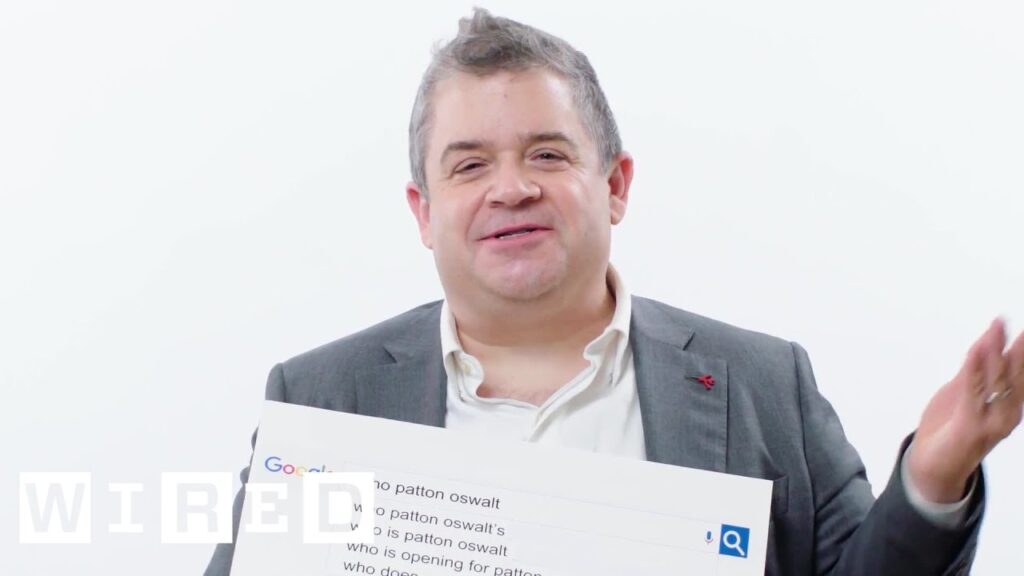Brain Surgery Uncovered: Insights from a Leading Neurosurgeon
Summary
A recent Q&A session on Twitter with neurosurgeon Dr. Brian Kope shed light on various aspects related to brain surgery. The expert shared his expertise on brain function, surgical techniques, and current technologies, providing insights into the complexity of brain surgery and the importance of advancements in the field.
Table of Contents
- The Brain: What it Feels Like to Touch
- Awake Brain Surgery: How it Works
- Pain Receptors and Brain Surgery
- Filling the Hole: What Comes After Brain Surgery
- Lobotomies: Lessons Learned
- Attire in the Operating Room
- Deep Brain Stimulation Surgery
- Gamma Knife Surgery
- The Use of Robots in Brain Surgery
- Brain Computer Interfaces: Potential Future Developments
Introduction
Brain surgery remains a complex and delicate procedure with significant risks, but it has come a long way in recent years with new technologies and advancements. In a recent Q&A session on Twitter, Dr. Brian Kope, a leading neurosurgeon, shared his expertise on various topics related to brain surgery, from deep brain stimulation surgery to the potential for brain computer interfaces. His insights provide useful information and answers to common questions related to brain surgery.
Q&A
The Brain: What it Feels Like to Touch
Q: What does the brain feel like to touch during surgery?
Dr. Kope: The brain has a soft give and pulsates according to the patient’s heartbeat and breathing. The consistency is similar to tofu or gelatin. It’s a unique sensation to touch the brain, and it’s why brain surgery is much harder than rocket science.
Awake Brain Surgery: How it Works
Q: How does awake brain surgery work, and why do patients need to be awake?
Dr. Kope: Patients who undergo brain surgery for language-related areas are kept awake and asked questions or even asked to play instruments to check their response. This allows us to map out the language-related areas and minimize any damage to them during surgery. The patient’s brain can also shift during surgery due to gravity, so we need to constantly monitor and adjust accordingly.
Q: Is awake brain surgery painful?
Dr. Kope: The brain itself has no pain receptors, so patients are not screaming in pain during brain surgery. There may be some discomfort, but we work to minimize this as much as possible.
Pain Receptors and Brain Surgery
Q: Do the pain receptors in the brain impact brain surgery?
Dr. Kope: The brain itself has no pain receptors, so patients do not feel any pain during brain surgery. However, there are pain receptors in the skull, which is why patients may experience some discomfort after surgery. Pain management is an essential part of the recovery process.
Filling the Hole: What Comes After Brain Surgery
Q: What happens to the hole in the patient’s skull after brain surgery?
Dr. Kope: The most common practice is to affix the patient’s own skull piece with titanium mini-plates, or sometimes employ plastic replacements designed with the help of a CAT scan. This allows for the skull to heal and reform correctly.
Lobotomies: Lessons Learned
Q: What can we learn from lobotomies and its history in brain surgery?
Dr. Kope: Lobotomies were an early form of brain surgery that went out of use in the mid-twentieth century. While they were controversial and often performed without the patient’s informed consent, the process led to significant advancements in understanding psychiatric diseases. Today, we use less invasive procedures to target specific areas of the brain and minimize any adverse effects.
Attire in the Operating Room
Q: What is the standard attire for brain surgery?
Dr. Kope: The standard surgical garb includes scrubs, sterile gowns, and surgical gloves. We take every precaution necessary to minimize the risk of infection and ensure the safety of the patient during surgery.
Deep Brain Stimulation Surgery
Q: What is deep brain stimulation surgery, and what conditions does it treat?
Dr. Kope: Deep brain stimulation is a treatment for a variety of conditions, including Parkinson’s disease, epilepsy, and obsessive-compulsive disorder. It involves implanting electrodes into specific areas of the brain and using them to stimulate or block certain signals.
Gamma Knife Surgery
Q: What is Gamma Knife surgery, and how is it different from traditional brain surgery?
Dr. Kope: Gamma Knife surgery is a non-invasive procedure that uses highly focused radiation to target specific areas of the brain. It’s a much less invasive procedure than traditional brain surgery and typically has fewer risks and complications.
The Use of Robots in Brain Surgery
Q: What is the role of robots in brain surgery?
Dr. Kope: Robots are becoming more prevalent in brain surgery as they allow for incredibly precise movements and can reduce the risk of human error. They are most commonly used for deep brain stimulation surgery and Gamma Knife surgery.
Brain Computer Interfaces: Potential Future Developments
Q: What are brain computer interfaces, and what potential do they have in the future of brain surgery?
Dr. Kope: Brain computer interfaces are devices that allow for communication between the brain and an external device, such as a computer. They hold a lot of potential for the future of brain surgery, from helping paralyzed patients regain movement to treating conditions like epilepsy and Parkinson’s disease.
Conclusion
Brain surgery remains a complex and delicate procedure with significant risks, but new technologies and advancements are continuously improving patient outcomes. Dr. Brian Kope’s insights into various aspects of brain surgery provide valuable information and answer common questions related to the procedure. As we look towards the future, it is exciting to imagine how new developments and technologies, such as brain computer interfaces, will continue to improve the field of brain surgery.






